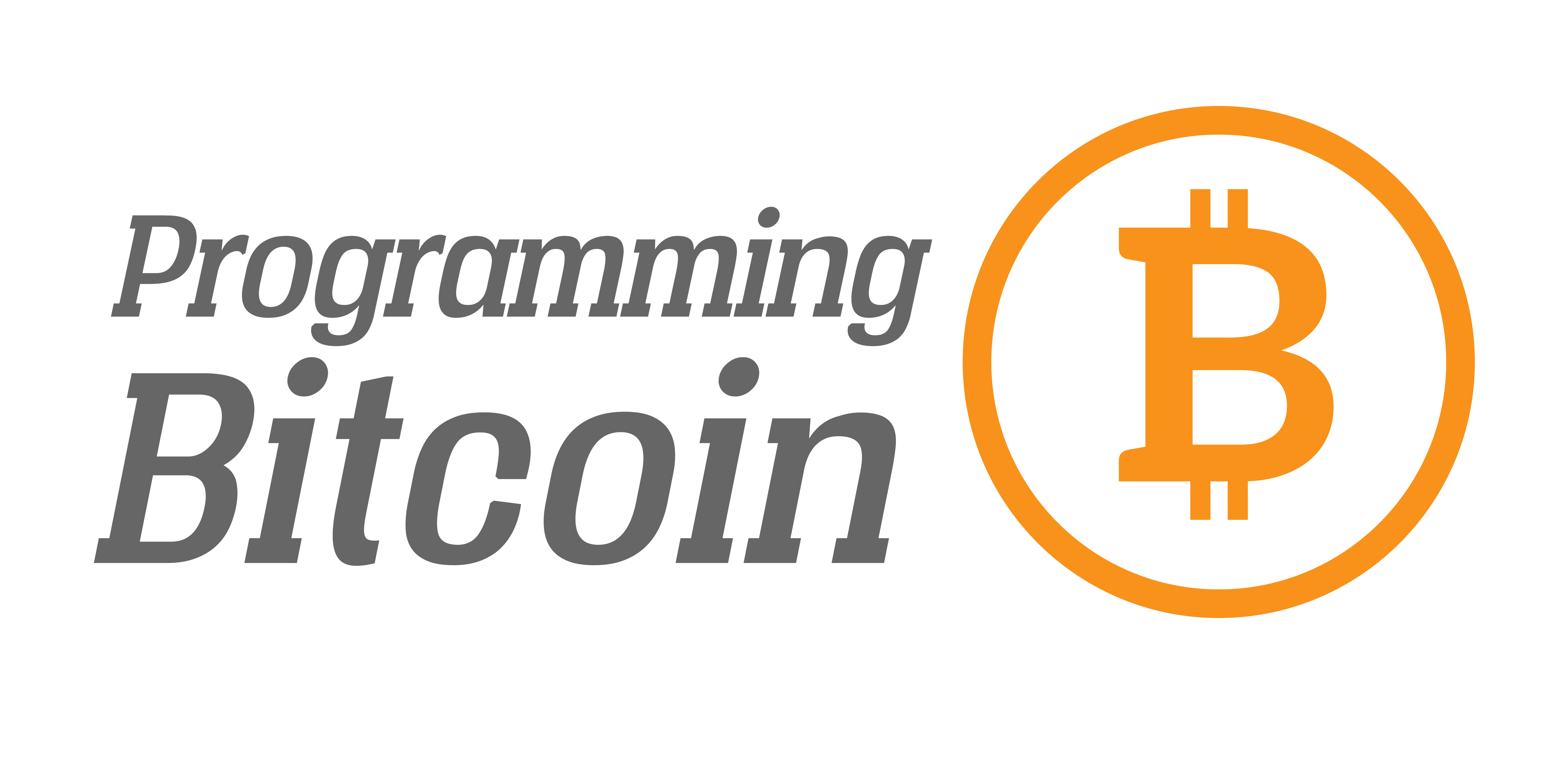Why the Litecoin Roundtable Agreement Matters
If you haven’t heard, Litecoin’s developer and mining communities met in a roundtable discussion recently. In this article, I seek to show exactly what happened, how it affects the Litecoin ecosystem and how it can affect the Bitcoin ecosystem going forward.
A Little History
Charlie Lee is the creator of Litecoin and about 4 months ago, started lobbying for Litecoin to activate Segwit. He and the Litecoin developers purposely set the activation threshold below Bitcoin’s 95% at 75%.
For months, Segwit activation stood at around 30%. Then many Litecoin pools started getting DDoS’ed and some miners started signaling for Segwit. Segwit actually got over 75% at one point. The remaining miners, however, dug in their heels as they felt this would set a terrible precedent.
Last week, Zhang San wrote up how his pool LTC1BTC would never signal for Segwit in the absence of an agreement that condemned these DDoS attacks.
The Resolution
As a result of that post, the Litecoin developers and miners met together in a video conference and came to a resolution.
There are several resolutions in the resulting statement, but the most important one is the one everyone’s been fighting about. The miners agreed to activate Segwit on Litecoin in exchange for promises of a future block size increase should capacity go above 50%.
The Fallout
Some users are upset as this is seen an elite cabal deciding for everybody else. For the most part, however, Litecoin has been booming in price since the agreement was announced. Nearly every block is at this point signaling for Segwit, and as long as miners continue signaling this way, Segwit will clearly activate soon.
How Segwit on Litecoin Affects Bitcoin
The main way in which Litecoin’s Segwit activation will affect Bitcoin is that Segwit will get tested in a production setting. This may or may not convince various parties that Segwit is indeed safe.
The other part of the Litecoin agreement that’s worth paying attention to is the concessions that the miners got. Specifically, the resolution decided to not advocate flag-day UASF, condemned DDoS attacks and agreed to increase the block size limit when capacity hits 50%.
These are three very important concessions that basically lay out the basis of activating Segwit on Bitcoin. If you remove the UASF and DDoS clauses which didn’t exist at the time, it’s actually not that different than the infamous Hong Kong Agreement.
What a Bitcoin Agreement Might Look Like
Should Segwit go well on Litecoin and Segwit proved in a production setting, we can imagine that an agreement can be reached that’s pretty similar. An agreement like this might not be unreasonable:
- Segwit activates as-is.
- Flag-day UASF is discouraged going forward.
- Should total block capacity be above 75% or non-Segwit block capacity be over 95% in any two-week period after Segwit activation, 2MB non-Segwit block hard fork will be planned over a 6 month period and activated in no less than 12 months.
Best Case Scenario
Proving Segwit on Litecoin is still 2–3 months away. A Bitcoin agreement could happen around that time, which would mean Segwit would come about 6 weeks after that time. At best, this would be a 4–5 month timeline. If blocks are full afterwards, a hard fork to 2MB blocks would take another 6–12 months after that, which would put us into 2018.
Conclusion
This is a positive step for both Litecoin and Bitcoin, but it’s by no means a guarantee of success. There are many ways in which the Litecoin agreement can fail to translate to a Bitcoin agreement, the least of which is that there isn’t a Charlie Lee for Bitcoin that can broker on behalf of the Core developers (one of the many reasons the Hong Kong Agreement failed).
That said, there’s some reason for cautious optimism and a large portion of the Bitcoin community will be watching Litecoin to see how Segwit performs.
Want to get curated Technical Bitcoin News? Sign up for the Bitcoin Tech Talk newsletter!

Comments are closed